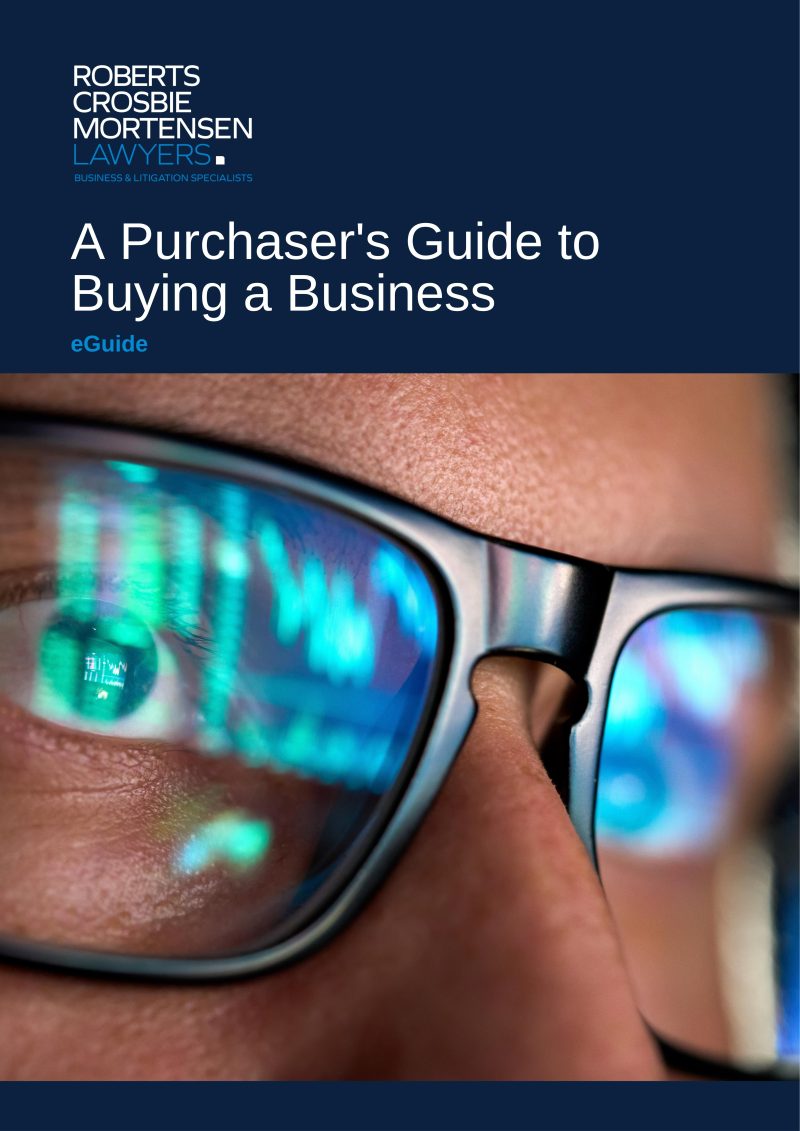Hostile take overs. Mergers and acquisitions. Often mentioned words in the media but why would you buy a company, and in particular an SME (small to medium enterprise) proprietary company?
Company Acquisitions
Why would you buy a company, and in particular an SME (small to medium enterprise) proprietary company?

Side note
As a guideline as to what constitutes an SME the Australian Tax Office categorises small businesses as those with an annual turnover of $10 million or less and medium businesses have a turnover of between $10 million and $250 million.
Proprietary companies
In this article we are focusing on private companies, referred to as proprietary companies in Australia. They are also known as “closely held” or “family companies” and are typical SME companies. They are denoted by the abbreviations “Pty Ltd” which means “Proprietary Limited”. The term “proprietary” refers to the fact that these types of company are limited as to the number of shareholders they can have, being no more than 50 shareholders. Public companies on the other hand, being companies who do not have “Pty” in their name, only the “Ltd”, can have an unlimited number of shareholders.
Large and small proprietary companies
Now just because a company is privately owned does not necessarily mean it is small when it comes to business and asset value. The Corporations Regulations 2001 distinguishes between small and large proprietary companies as each has different financial reporting requirements with ASIC. Currently a large proprietary company is a company that meets at least two of the following criteria:
- annual revenue of $50 million or more;
- assets of $25 million or more; or
- 100 or more employees.
Why would you want to buy a proprietary company?
Because if you buy the company, you become the owner of its assets and business. As such, if you are looking to buy a business one of the first questions to be considered is:
Do you buy the business by way of asset purchase or by way of share purchase?
Asset Purchase
The purchase of a business by way of asset purchase means purchasing the physical and non-physical assets of the business. Physical assets include the plant, equipment and stock of a business. Non-physical assets (or intangible assets) are intellectual property and goodwill (the brand or reputation of the business).
With an asset purchase, the transaction is between you as purchaser and the owner of the assets (the seller).
One of the key benefits of purchasing a business by way of asset purchase is that the purchaser gets to choose what assets and liabilities (if any) they are willing to take on (liabilities are normally not taken on and remain with the seller). This ability to “cherry pick” and only take on selected assets gives a purchaser certainty as to what obligations they are assuming with regards the business and also allows a purchaser to avoid taking on unwanted assets, unwanted employees, under performing assets and most importantly unwanted or unknown liabilities of the business.
Share purchase
A share purchase is the purchase of all the shares in a company that owns the business. The business assets remain with the company and by becoming the owner of the company, you become the owner of the business. Ownership of the company changes, not the ownership of the business assets. The transaction is between you as purchaser and the shareholder(s) of the company as seller.
Advantages of a company acquisition
There are three key advantages to be had when buying a business by way of a company acquisition vs buying a business by way of asset purchase. These are:
- From the outside looking in, nothing appears to change with the business. Most often everything stays in place and it is “business as usual”. There might be key personnel changes, for example new directors of the company appointed but everything else generally stays the same (unless the new owners of the company want to make changes to the business). Often larger companies can change ownership and if the transfer is kept confidential, customers of the business will not even know that a change of company ownership has taken place.
- There can be less to do when it comes to transferring ownership of the company (and therefore the business). Company assets, contracts and systems all remain in place. As such there can be less do by way of: asset transfers and registrations, releases of security interests, consents being obtained from third parties, paperwork (legal and administrative), when compared to that of an asset purchase. This has the flow on effect of reducing acquisition costs for both seller and purchaser.
- Tax and duties. There can be tax advantages and access to tax concessions when buying a business by way of company acquisition vs asset purchase. Especially for a seller who can therefore be motivated to induce a purchaser to buy the company rather than the company assets, which may reflect in a reduced purchase price. And when it comes to the purchaser, stamp duty is not payable on a share transfer unless you are dealing with a “land rich company” (if you are looking to buy shares in a “land rich company” to circumvent stamp duty, then please read our article on Landholder Duty here).
What’s the downside of a company acquisition then?
If company acquisitions have certain advantages over an asset purchase of a business, why then are company acquisitions not the preferred and more common way to purchase a business?
Because as a purchaser of a company you acquire all the assets of the company and all the liabilities of the company.
And when we refer to liabilities of a company this includes all historic, actual and contingent liabilities of the company. As such a purchaser may have to fund or pay for liabilities of the company post completion, when such liabilities were incurred prior to completion but were either not disclosed by the seller or not identified by the purchaser in the lead up to the purchase of the company.
Side note
A contingent liability is a liability that may occur depending on the outcome of an uncertain future event. A classic example being warranties. For example a car manufacturing company gives a 7 year warranty on a new car, a purchaser acquires the car manufacturing company with 5 years remaining on the warranty period and is therefore assuming the contingent liability for the remaining warranty period.
Shareholder liability
Now when we say “a purchaser takes on all the liabilities of the company” it is important that we distinguish between a shareholder’s liability to the company and liabilities of the company.
One of the most basic and guiding principles in company law is that a shareholder is only liable to a company for the amount of any unpaid capital call on their shares.
For example if a company has issued 100 shares at $1 each to its shareholders, then the shareholders owe the company $100. When the $100 is paid (referred to as paid up share capital) then the shareholders have discharged their debt to the company and are not lawfully obliged to pay to the company (and just as importantly anybody having dealings with the company) any other monies.
Company liability
If a company incurs an obligation or debt then those obligations and liabilities belong to the company, not the shareholders. Obligations and debts of the company cannot be passed onto its shareholders unless the shareholders contractually agree to assume liability for such debts for example by way of guarantee for a company’s obligation. Common examples of personal guarantees given by shareholders of a proprietary company, are guarantees given for a company’s borrowings with its bank or to the company’s landlord for the company’s lease.
Side note
A company director can automatically become personally liable for certain obligations and liabilities of a company. And for a director to be personally liable (such as for a company tax debt to the ATO) no contractual obligation needs to exist or be given by the director. A director is bound by duties and obligations under common law and statute that automatically apply as soon one is appointed director. Please see our article on the Director Duties.
Mitigation and Risk Reduction
If, when it comes to company acquisitions there are very real advantages and also very real downsides (most notably undisclosed and unidentified company liabilities), how then can a purchaser of a company mitigate their legal exposure?
- Carry out a proper and extensive due diligence investigation of the company being purchased. Due diligence when buying a business by way of asset purchase is important, when acquiring a company it is critical. The need to identify and uncover all potential company liabilities “leaving no stone unturned” is crucial. In particular there is an increased need for emphasis to be placed on financial due diligence and ensuring that a company has met its’ tax obligations.
- In the Agreement for Sale and Purchase between the purchaser and seller of the shares, obtain extensive and robust:
- warranties and indemnities from the seller; and
- personal guarantees and indemnities from the company directors and shareholders, if the seller is a company.
- If possible:
- have a “retentions provision” inserted in the Agreement for Sale and Purchase whereby a certain part of the purchase price is paid but retained for a set time period and only released to the seller if certain conditions are met (such as no undisclosed liabilities arising or being identified post completion); or
- make it a requirement for the seller to provide a bank guarantee, for a set time period to cover possible loss arising through breach of warranty or undisclosed liability.
Buying a company can be one of the most exciting and rewarding decisions that any business owner can make. If you are contemplating a company acquisition or any kind of share purchase in a proprietary company, we here at Roberts Crosbie Mortensen are experts in assisting purchasers through that process.
If you have any further questions or queries, our specialist mergers and acquisitions team are more than happy to assist. And remember, our approach here at Roberts Crosbie Mortensen is to make business happen, not to get in the way.
Business Lawyers for Sydney and Newcastle
Need Answers Fast? Contact Us Today
The information in this article is not legal advice and is intended to provide commentary and general information only. It should not be relied upon or used as a definitive or complete statement of the relevant law. You should obtain formal legal advice specific to your particular circumstance. Liability limited by a scheme approved under Professional Standards Legislation.

























